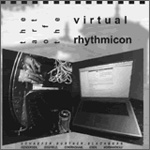
(04.10.07) First of all, what is a Rhythmicon? I take this from the liner notes: “The Rhythmicon was a musical keyboard instrument built in 1931 by Leon Theremin at the request of composer/theorist Henry Cowell. Each key of the Rhythmicon played a repeated tone, proportional in pitch and rhythm to the overtone series (the second key played twice as high and twice as fast as the first key. The third key played three times higher and repeated three times faster than the first key, etc)“. Nick Didkovsky programmed the Virtual Rhythmicon –a recreation of Theremin and Cowell’s rhythmic tone generator– using Java Music Specification Language (JSyn). It is available for anyone to play it (for free!) here. I highly recommend it.
Even though a piano player is useless without his piano, the piano a player uses isn’t usually major discussion point in a conversation about, say, Dave Brubeck. But, as Kaoss Pad-owners that I have known will attest, the engineer-poets who design electronic instruments and processors play a much greater and more acknowledged role in the creative process and result. Ishkur, of the authoritative Ishkur’s Guide to Electronic Music, says: “It’s not like you can just pick up a sampler, synth and drum machine and jam away. Unlike conventional music, electronic music isn’t played, per se. It is PROGRAMMED. So any study of the history of electronic music is really a study of its programmers –that is, the people who make the machines that make the sounds that make the music what it is.” He goes on: “In a way, the instruments don’t make the music, the instruments ARE the music“. I know I’m not the first to point this out, but I’m bringing it up because, in many ways, the Rhythmicon is the most interesting thing about this album (hence it’s prominence in the title). If for no other reason, you should buy this album for the sake of hearing a fascinating noisemaker and a key moment in the history of electronic music.
But you should also buy this album because it’s a beautifully soothing and powerfully emotive collection of ambient experimental noise tone-poems. Janek Schaefer’s “All Bombing is Terrorism” introduces the Virtual Rhythmicon: many beautiful pulses, pulsing at different tempos, like so many heartbeats. In classic minimalist style, the track pulses and sparkles sparingly along for twelve minutes, one set of ethereal tones morphing gently into the next. And the Rhythmicon is fascinating because there is mystery to all this beauty: The ticking of a metronome isn’t necessarily beautiful. Why then do I hear such beautiful ambient noise, tones, overtones when several metronomes simultaneously tick different tones at different tempos? Weird.
Annie Gosfield’s “A Sideways Glance from an Electric Eye” grinds out the ambient equivalent of glitch: excruciatingly meaningful, satisfyingly irritating. Philip Blackburn’s “Henry and Mimi at the Y” is a work for piano, Rhythmicon, and various noises. It shows off how useful of a tool the online Rhythmicon could be for creating ambient pads and textures which would harmoniously contrast more traditional instruments like piano (note to self). On track five and eight (Jeff Federsen’s “This Time I Want Them All” and Mark Eden’s “Cremation Science”), the composers mix human voices with the Rhythmicon, emphasizing its old-timey eeriness, giving voice to the moaning ghost in the machine.
The Art of the Virtual Rhythmicon exists by the grace of numerous philanthropic apparatuses (American Public Media, The Jerome Foundation, The McKnight foundation, The National Endowment for the Arts), which simultaneously fund and provide the project with a certain amount of fine-art credibility. The composers are accomplished in art, music, and experimental noise in ways too numerous to mention. Supported by important arts foundations and grounded in lots of theory and academia, this album is arguably a must have for those of us who like to drop old-skool-experimental names like Theremin, Cowell, or Ives into our conversations.
The Art of the Virtual Rhythmicon is out now on Innova. [Purchase]








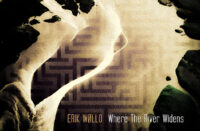


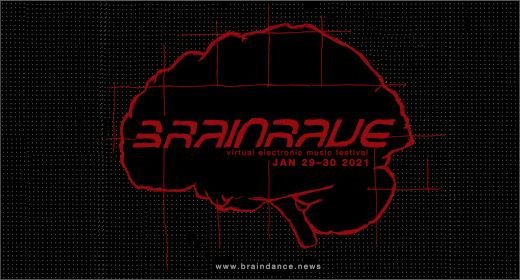
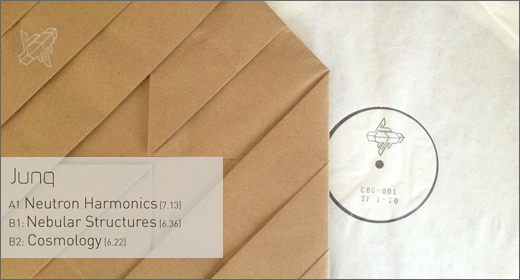
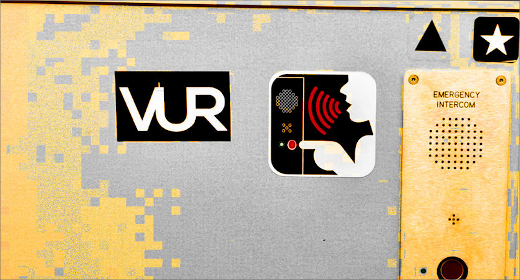
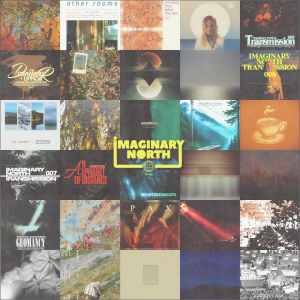







![Romanowitch :: A critical season substitute (glitch.cool) — [concise]](https://igloomag.com/wp/wp-content/uploads/2025/03/romanowitch-a-critical-season-substitute_tape_feat-75x75.jpg)

